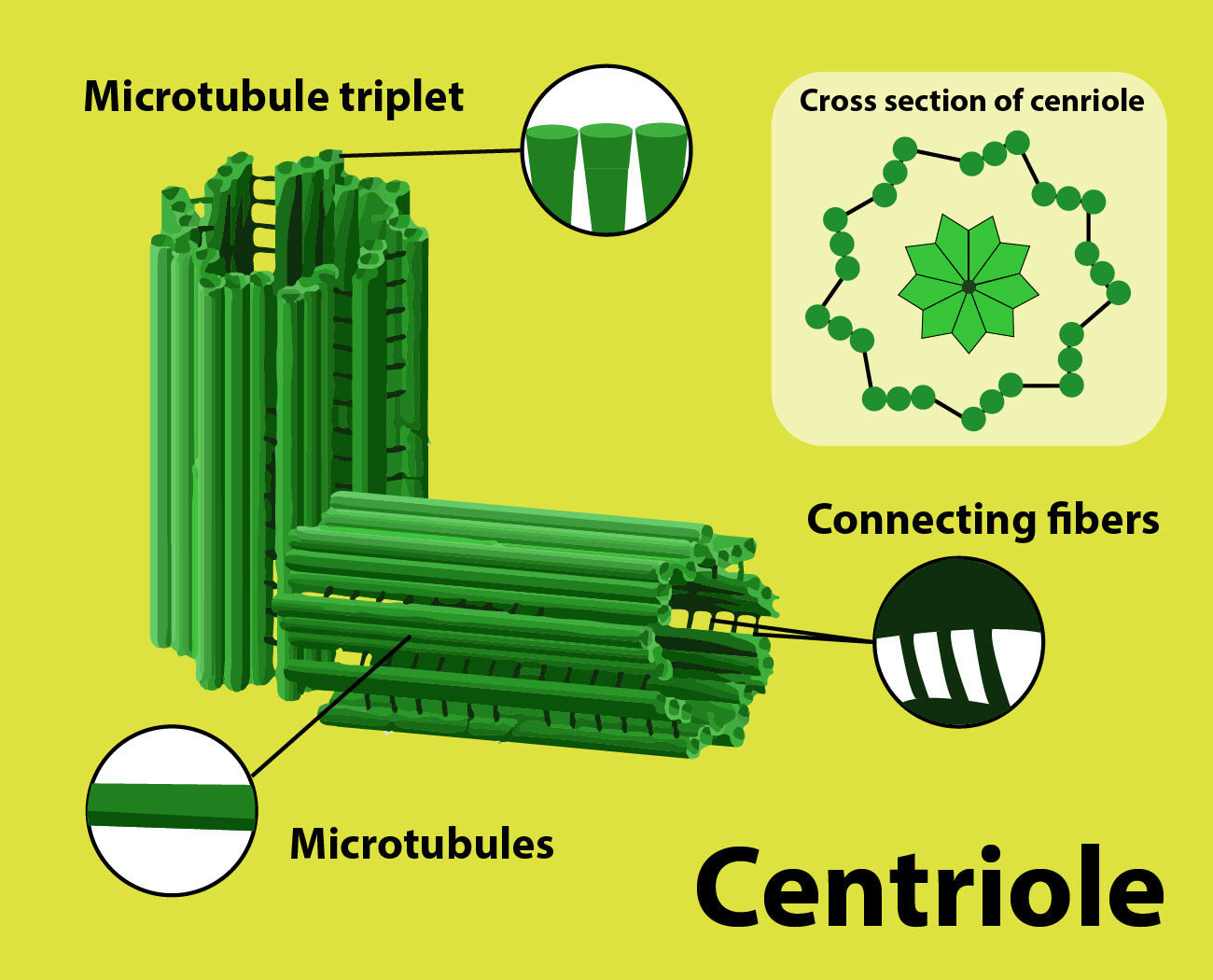
Blepharoplasty is a type of
(a)Centriole
(b)Plastids
(c)Cilia
(d)Mitochondria.
Answer
575.4k+ views
Hint: The basal body is especially of a flagellated cell. It is a very important part of centrosomes, which are involved in organizing microtubules in the cytoplasm. The position of this determines the position of the nucleus and plays a crucial role in the spatial arrangement of the cell.
Complete answer:
It's found at the bottom of a eukaryotic undulipodium and is a nucleation site for the expansion of the axoneme microtubules. The term basal body is, however, reserved specifically for the bottom structures of eukaryotic cilia and flagella which extend out from the cell.they're structurally an equivalent, each containing a microtubule triplet 9*3 helicoidal configuration forming a hollow cylinder, containing a microtubule doublet in its centre. Regulation of basal body production and spatial orientation may be a function of the nucleotide-binding domain of γ-tubulin.
In cells that are destined to possess just one primary cilium, the mother centriole differentiates into the basal body upon entry into G1 or quiescence. Thus, the basal body in such a cell springs from the centriole. The basal body differs from the mother centriole in a minimum of 2 aspects.

So, the correct answer is, ‘’centriole.’’
Note: During cell cycle quiescence, basal bodies organize primary cilia and reside at the cell cortex in proximity to the cell wall. On cell cycle entry, cilia resorb and therefore the basal body migrates to the nucleus where it functions to arrange centrosomes. Centrioles, basal bodies, and cilia are important for mitosis, polarity, cellular division, protein trafficking, signalling, motility, and sensation.
Mutations in proteins that localize to basal bodies are related to several human ciliary diseases, including Bardet–Biedl syndrome,orofaciodigital syndrome, Joubert syndrome, cone-rod dystrophy, Meckel syndrome, and nephronophthisis.
Regulation of basal body production and spatial orientation may be a function of the nucleotide-binding domain of γ-tubulin.
-Centrioles act as anchoring sites for proteins from where the basal bodies have been derived.
Complete answer:
It's found at the bottom of a eukaryotic undulipodium and is a nucleation site for the expansion of the axoneme microtubules. The term basal body is, however, reserved specifically for the bottom structures of eukaryotic cilia and flagella which extend out from the cell.they're structurally an equivalent, each containing a microtubule triplet 9*3 helicoidal configuration forming a hollow cylinder, containing a microtubule doublet in its centre. Regulation of basal body production and spatial orientation may be a function of the nucleotide-binding domain of γ-tubulin.
In cells that are destined to possess just one primary cilium, the mother centriole differentiates into the basal body upon entry into G1 or quiescence. Thus, the basal body in such a cell springs from the centriole. The basal body differs from the mother centriole in a minimum of 2 aspects.

So, the correct answer is, ‘’centriole.’’
Note: During cell cycle quiescence, basal bodies organize primary cilia and reside at the cell cortex in proximity to the cell wall. On cell cycle entry, cilia resorb and therefore the basal body migrates to the nucleus where it functions to arrange centrosomes. Centrioles, basal bodies, and cilia are important for mitosis, polarity, cellular division, protein trafficking, signalling, motility, and sensation.
Mutations in proteins that localize to basal bodies are related to several human ciliary diseases, including Bardet–Biedl syndrome,orofaciodigital syndrome, Joubert syndrome, cone-rod dystrophy, Meckel syndrome, and nephronophthisis.
Regulation of basal body production and spatial orientation may be a function of the nucleotide-binding domain of γ-tubulin.
-Centrioles act as anchoring sites for proteins from where the basal bodies have been derived.
Recently Updated Pages
Master Class 12 Business Studies: Engaging Questions & Answers for Success

Master Class 12 Economics: Engaging Questions & Answers for Success

Master Class 12 English: Engaging Questions & Answers for Success

Master Class 12 Maths: Engaging Questions & Answers for Success

Master Class 12 Social Science: Engaging Questions & Answers for Success

Master Class 12 Chemistry: Engaging Questions & Answers for Success

Trending doubts
What is meant by exothermic and endothermic reactions class 11 chemistry CBSE

Which animal has three hearts class 11 biology CBSE

10 examples of friction in our daily life

One Metric ton is equal to kg A 10000 B 1000 C 100 class 11 physics CBSE

1 Quintal is equal to a 110 kg b 10 kg c 100kg d 1000 class 11 physics CBSE

Difference Between Prokaryotic Cells and Eukaryotic Cells




